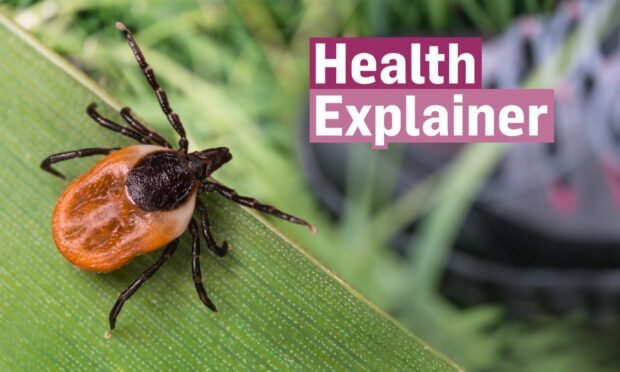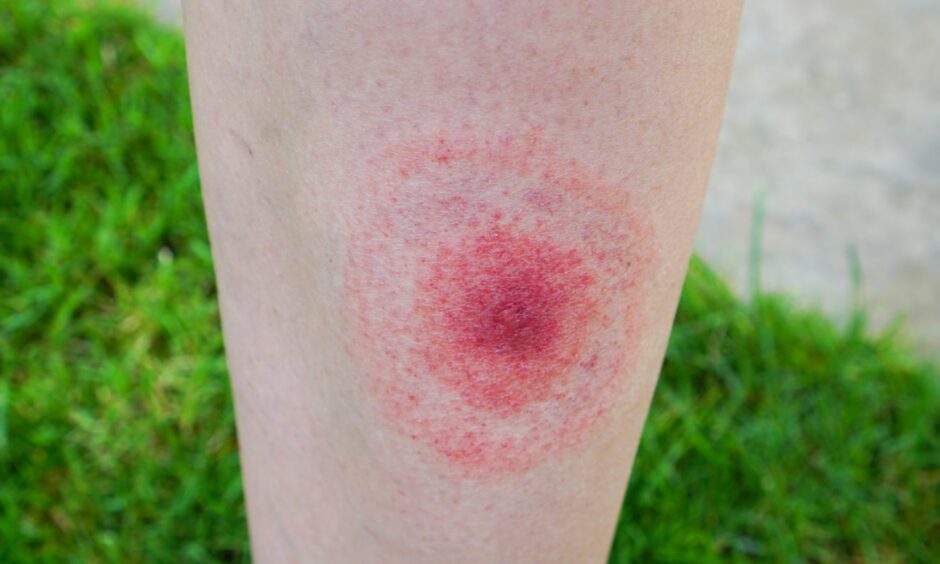Warmer weather means more of us are taking time to explore the outdoors – but do you know what to do if you’re bitten by a tick?
Illnesses from the beasties can be combated with antibiotics, but anyone bitten can be left with symptoms for years.
Around 5% of the tiny arachnids carry bacteria which can trigger Lyme disease, which spreads to anything they bite.
NHS Western Isles says we’re entering one of the busiest times of the year for tick activity – meaning it’s particularly crucial to stay alert.
If you or your family are out and about, particularly in areas of rough grass and undergrowth, make sure you know how to protect yourself.”
NHS Western Isles health protection nurse Isabell Mac Inness
How to prevent a tick bite
As ticks can’t jump or fly, they rely on close contact between people or animals to get around.
This could be as simple as brushing past one balancing on a blade of grass.
But there are some simple steps to reduce the chances of getting bitten by a tick:
- Keep exposed skin to a minimum – wear long sleeves and tuck your trousers into your socks
- Wear light colours so it’s easier to spot ticks
- Keep away from long grass and other vegetation
How to check for ticks
Once you’ve arrived home, the NHS advises brushing your clothing and pets before you go indoors.
Take off your clothes on a hard surface and check from head to toe for ticks – paying close attention to these specific areas:
- Hairline
- Behind the ears and back of the neck
- Armpits
- Elbows
- Waist
- Groin
- Back of the knees
- Between toes
It's tick season! ⚠️🪲 If you're out and about enjoying the countryside remember to cover up and check your skin as soon as you get home! ⤵️https://t.co/1SNBTHnaqt pic.twitter.com/Jdw2qsBi46
— NHS Grampian (@NHSGrampian) May 24, 2022
Health experts say not to tackle the issue just using your fingers, as squeezing it can leave parts of any tick stuck to your body.
Instead, a plastic tick removal device is the safest and most efficient method, but fine-tipped tweezers can also be used.
It usually takes more than 24 hours for the bacteria from a tick to transfer into your bloodstream, so the sooner it can be removed, the better.
I’ve been bitten by a tick – what signs should I keep an eye out for?
Health Protection Scotland advises taking a picture of the tick bite and any potential rash around it so you can show your GP.
Typically, Lyme disease causes a “bullseye” rash to form around the affected area.
Other symptoms include fatigue, headache and a fever.
But, if it’s caught early, Lyme disease can be treated with antibiotics.








Conversation